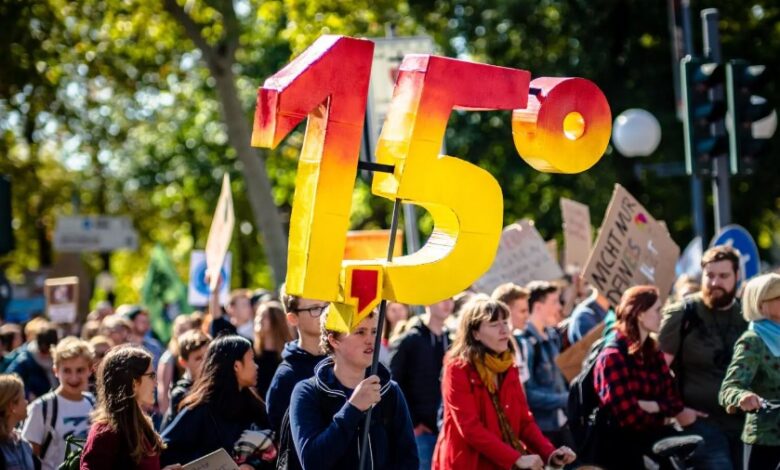Published 1°Global Stocktake: we are out of the way to comply with the Paris Agreement

UN: Rapid action needed “on all fronts”
The world is off track to comply with the Paris Agreement and now we need quick action and “on all fronts” to succeed in meeting global warming targets. It is the opinion that comes from the first Global Stocktake, the report provided for by the Paris Agreement with which it takes stock of progress in combating the climate crisis and indicates the additional efforts needed and possible solutions. The report was released last Friday and will form the basis for the discussions at COP28 in Dubai. Here are the main points.
Emission cuts
On a global level, to comply with the Paris Agreement, emissions must be cut by 43% by 2030 compared to 2019 levels, and by 60% by 2035. “Much more ambition is needed in action and support in the implementation of national mitigation measures and in the setting of more ambitious targets in NDCs”, the National Voluntary Contributions that chart the course of each country to respect Paris, It reads in the Global Stocktake.
read also Hot record of July 2023: we lived our first month at about +1.5°C
The remaining carbon budget between now and 2030 to not exceed 1.5 billion C is 20.3 – 23.9 billion tons of CO2 equivalent (GtCO2eq). While global emissions are expected to peak by 2025, as calculated since the last update of the 6-year IPCC report released in 2022.
Towards a low-carbon global energy system
To achieve these goals, “systemic transformations” in “all sectors and contexts” are needed. Transformations ranging from the strengthening of renewable energy (a point on which comes a good result from the recent G20 India, with the target to triple global renewables by 2030) to the theme, much more thorny, the progressive elimination of all fossil fuels, not just coal. And again: the end of deforestation, the reduction of non-CO2 emissions and the implementation of mitigation measures also on the consumer side.
In more detail, the first Global Stocktake sets the reduction in the use of unabated coal to 2030 at 67-92% compared to 2019 levels. While by the middle of the century it must essentially disappear from the global electrical mix. Also by 2050, clean and low-carbon sources of electricity must account for 99% of the global mix.
Beyond technologies such as carbon capture, which is cited as an option, the report points out that “The elimination of fossil fuel subsidies is a key strategy to address structural economic barriers that can perpetuate inertia to change and prevent the large-scale adoption of cost-effective low-carbon alternatives”.





